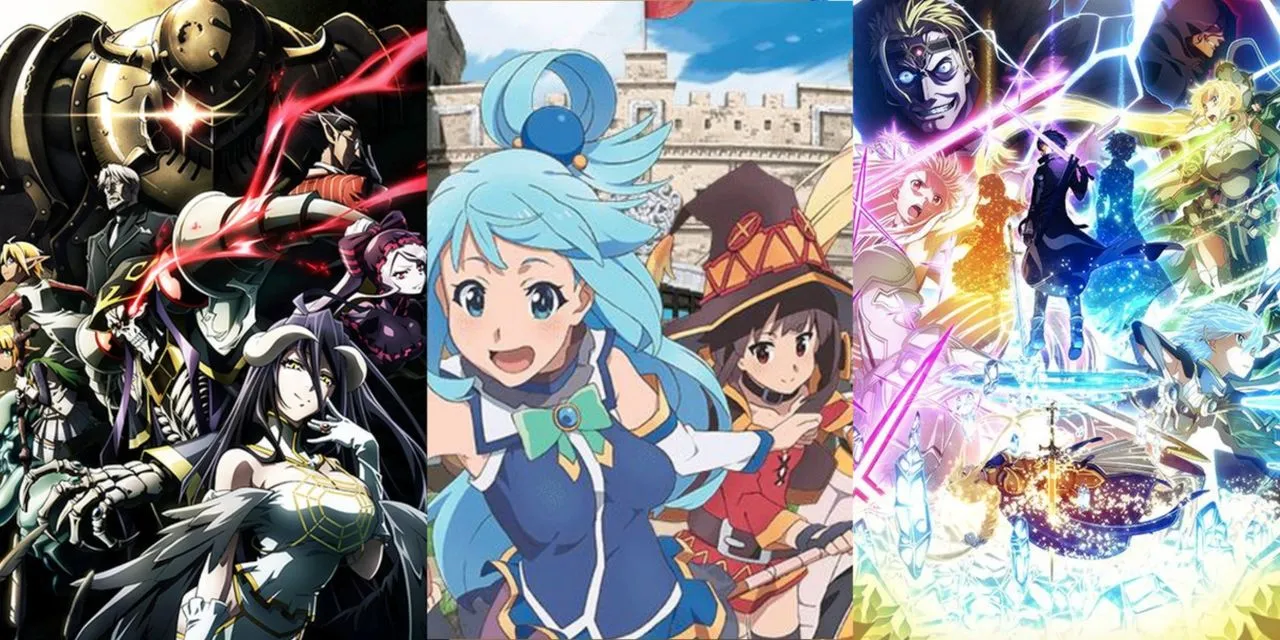The Isekai genre is particularly popular in anime, manga, and light novels, revolving around the theme of traveling to different worlds. Interestingly, this concept isn’t new; it originates from traditional Japanese folklore.
However, the modern iteration of Isekai, which many anime enthusiasts are familiar with, can trace its roots back to specific sources. The anime Aura Battler Dunbine, released in the early 1980s, is often regarded as one of the significant early examples of a story where the protagonist is transported to another world.
Over the years, Isekai has evolved and diversified immensely. From fantastical worlds drawing inspiration from video games to intricate settings and complex social structures, the genre continually pushes creative boundaries. This versatility extends to the main characters, who often undergo drastic transformations, challenging writers to continually innovate their journeys.

But what truly defines a quality Isekai anime? Determining what makes an Isekai anime “good” is subjective, varying widely based on individual preferences. Nevertheless, several key elements can generally characterize an engaging Isekai anime.
First and foremost, a well-constructed alternate world is essential. It should not merely serve as a recycled backdrop but rather as a rich environment with its own rules, power systems, and unique ecosystems. Notable series like Overlord and How a Realist Hero Rebuild the Kingdom exemplify this, focusing on extensive societal changes rather than just the main character’s journey.
Another critical aspect is creating a distinct world where the main character interacts with a reality that existed prior to their arrival. This adds depth and intrigue to the story.

Furthermore, a well-developed main character is crucial. Whether they are a character focused on personal growth, eventually rising to become a powerful figure in their new world (as seen in Sword Art Online), or a character with multiple complexities and layers, a compelling protagonist is essential for the success of an Isekai narrative.
Lastly, a diverse and well-developed supporting cast is necessary. These characters should not only exist to support the main character but also possess their own personalities and stories that enrich the central narrative.
In summary, the strength of an Isekai anime lies in its ability to construct an expansive and engaging world, a compelling protagonist, and a robust supporting cast.
Examples of Isekai anime that meet these criteria include:
- Mushoku Tensei
- Tensei shitara Slime Datta Ken
- The Eminence in Shadow
- Re:Zero
- Overlord
- Tate no Yuusha no Nariagari





















